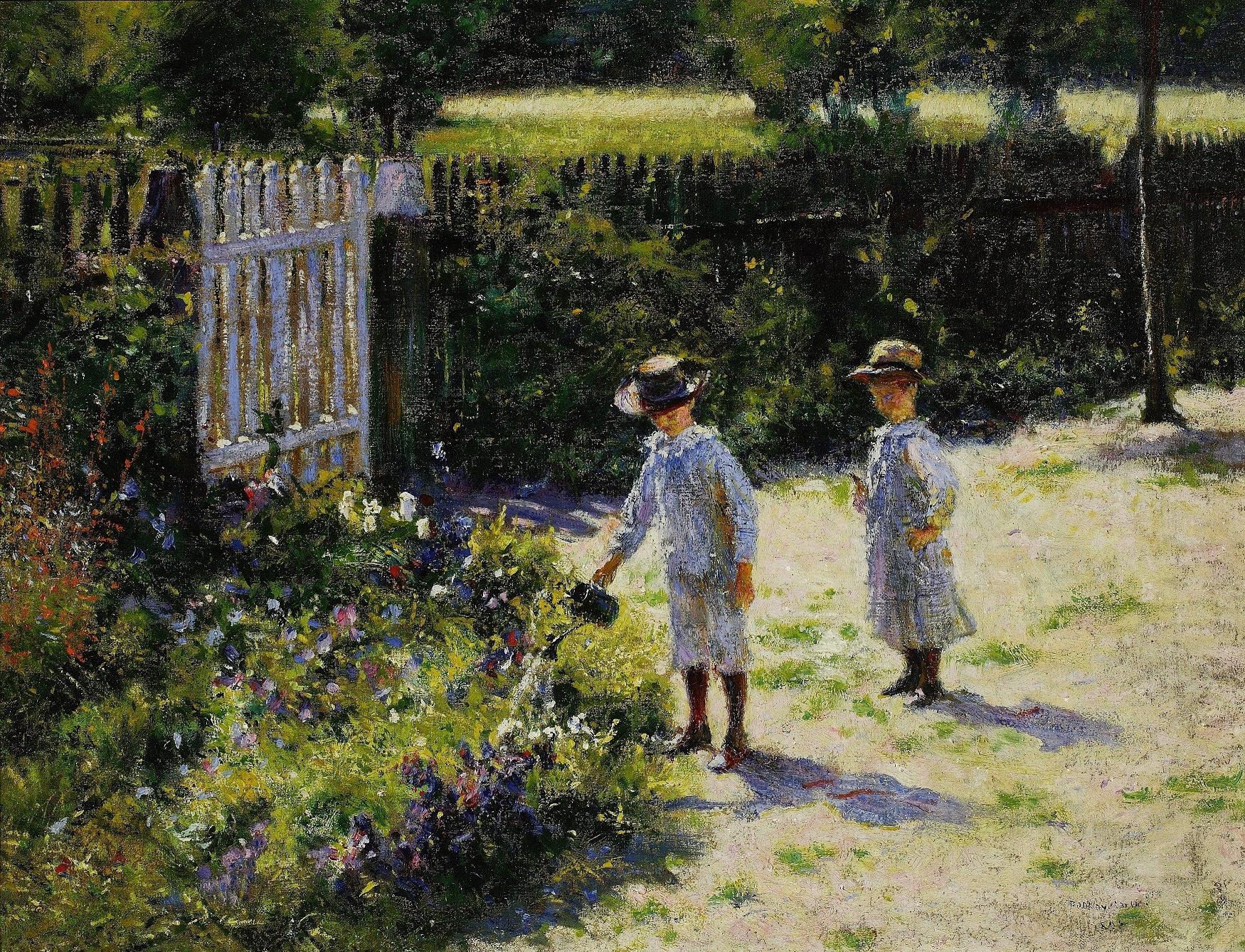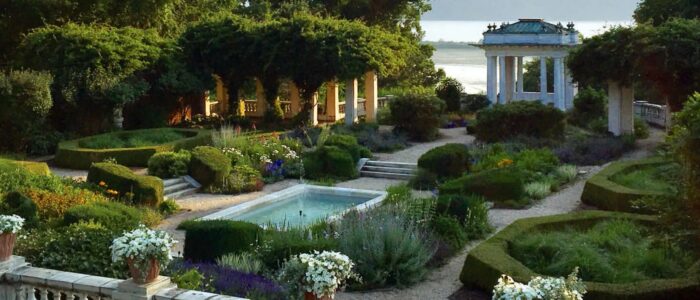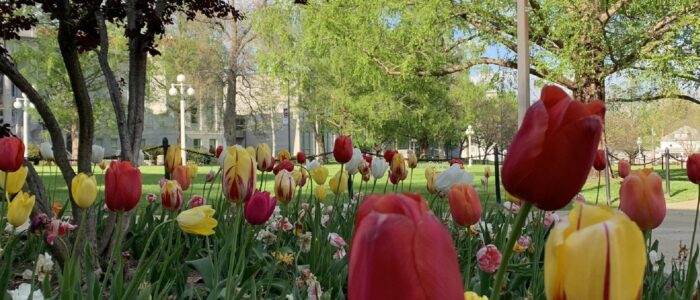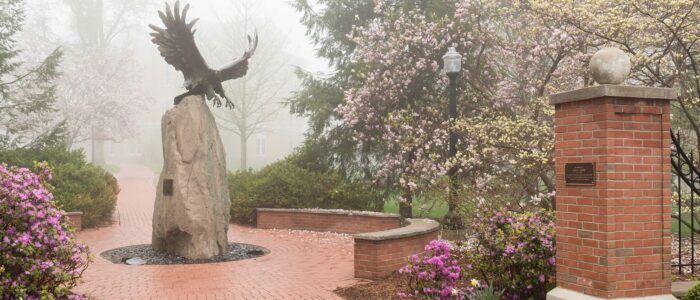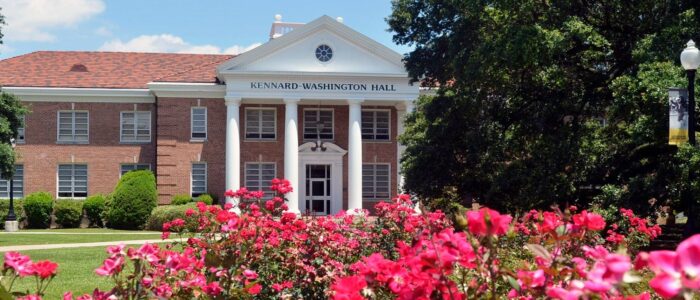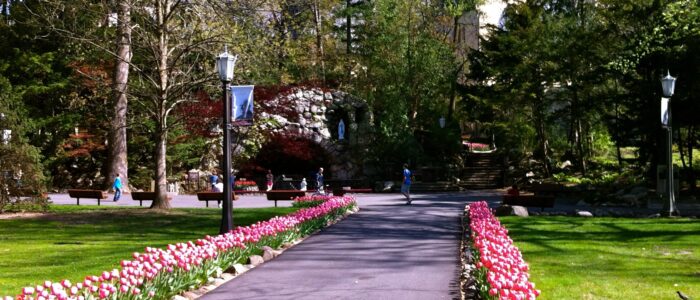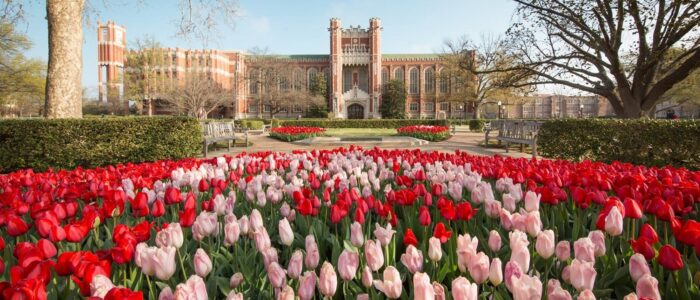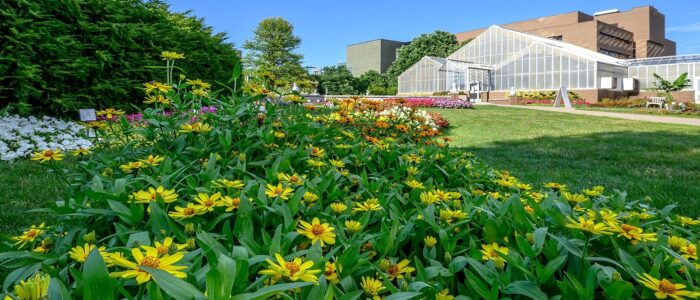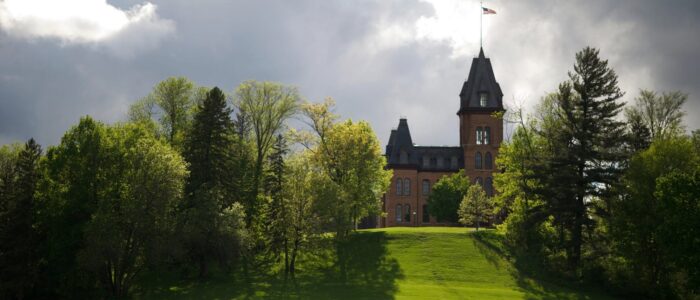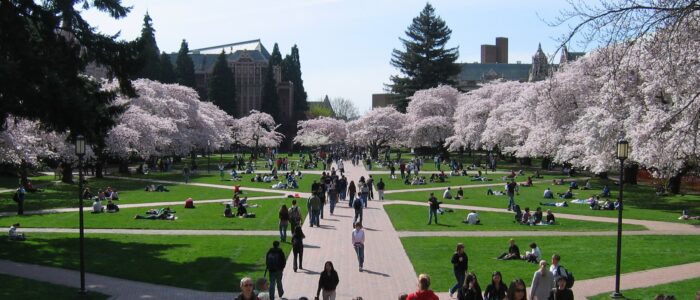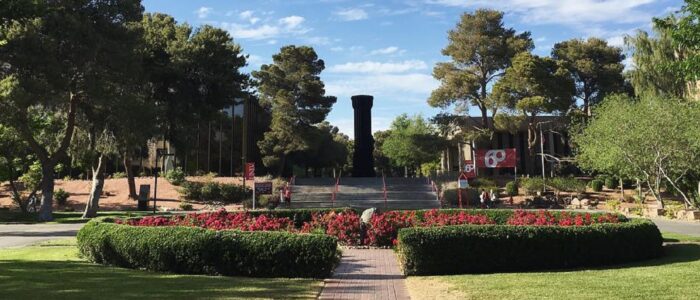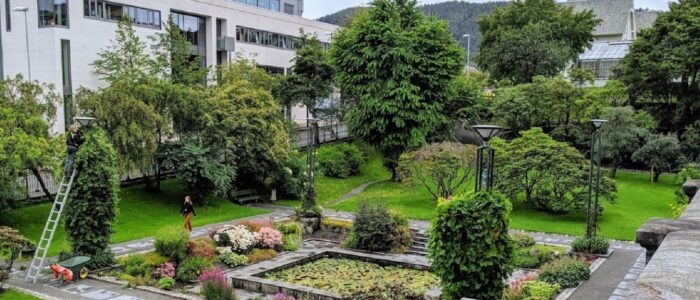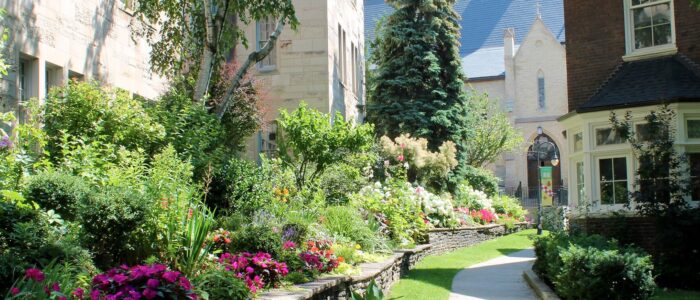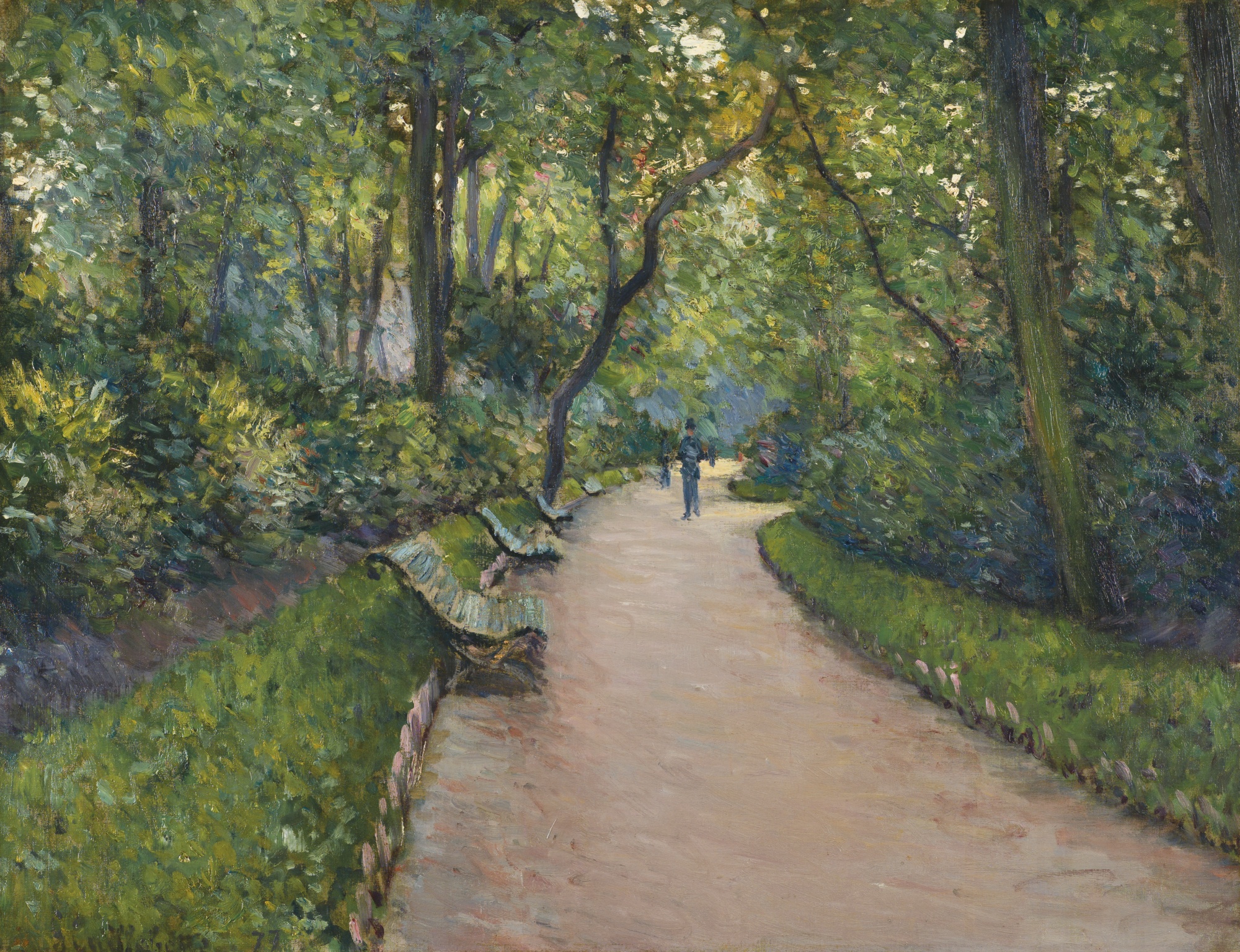The purpose of the American Standard for Nursery Stock — ANSI Z60.1 — is to provide buyers and sellers of nursery stock with a common terminology in order to facilitate transactions involving nursery stock. This standards establishes common techniques for
(a) measuring plants,
(b) specifying and stating the size of plants,
(c) determining the proper relationship between height and caliper, or height and width, and
(d) determining whether a root ball or container is large enough for a particular size plant.
This document — prepared under a grant to ANSI by AmericanHort — is a communication tool for the exchanges of products and services but does not provide buyers with any assurance of the health or quality of the nursery stock being specified or sold. It does not cover labor resources.
The American Hort standards landing page is linked below:
American Nursery Stock Standards
CLICK HERE for the current edition of ANSI Z60.1 2014
The 2014 revision should be entering another revision cycle though the pandemic has slowed standards setting among many non-profits. We encourage front-line staff to participate directly in the American Hort standards setting enterprise. CLICK HERE for contact information.
We sweep through the status of best practice literature for anything related to exterior assets in education communities during our Bucolia colloquium. See our CALENDAR for the next online meeting; open to everyone.
Issue: [18-160]
Category: Bucolia, Pathways



